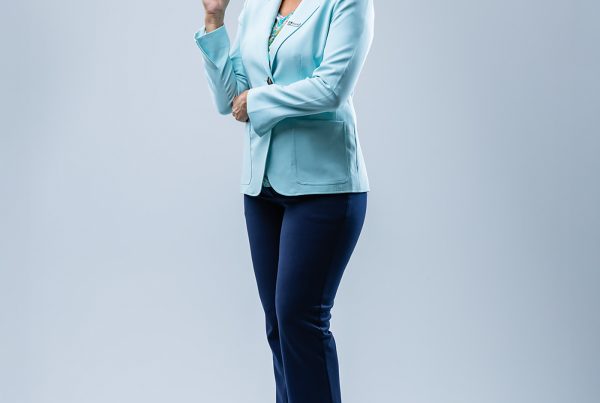This year marks the second anniversary of the first identified case of COVID-19 in many parts of the Western world, including Canada. It’s safe to say that many people’s lives do not look the same as it did before COVID-19.
More people are now reassessing their retirement timelines, where and how they live and other future goals in the face of the various new variants of the novel coronavirus and continued uncertainty.
It’s, therefore, important that for 2022, everyone seeks to re-evaluate and revise their financial plan, including their budgeting, saving goals, retirement, and long-term investments.
Evaluate and rank major goals
After two years of social-distancing and spending most of their time at home, due to work-from-home orders, many people are now thinking about renovating their houses or buying a new house altogether.
However, before venturing on a major home improvement project or purchasing a new house, evaluate what it will really cost and how you will pay for it.
Keep in mind that one big project could impact your ability to meet other goals, like funding retirement or college savings for your children or grandchildren.
For example, an addition to your house may also mean you will have to delay retirement by a year or two. It’s important to assess whether it’s worth the sacrifice and rank what’s most important to you. But also look at the long-term, as well as the short-term repercussions.
Review prices
When putting together a post-pandemic budget, keep in mind that prices have risen due to inflation. This includes commodities, such as gasoline, food and other products and services.
What this means is that a typical pre-pandemic budget won’t necessarily work for right now.
Rebuild savings
Building an emergency fund is still important, so ensure you’re allocating enough of your earnings to this portion of your savings.
During the pandemic, many people had to dip into their emergency savings funds to stay afloat. It’s now time to concentrate on rebuilding your safety net, if you’re in a position to do so.
The rationale of building an emergency cushion is that if you experience another setback, such as your car breaking down or needing to replace your washing machine, you can take care of it without incurring more debt.





